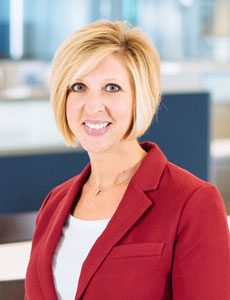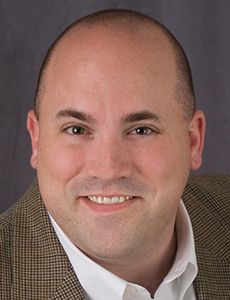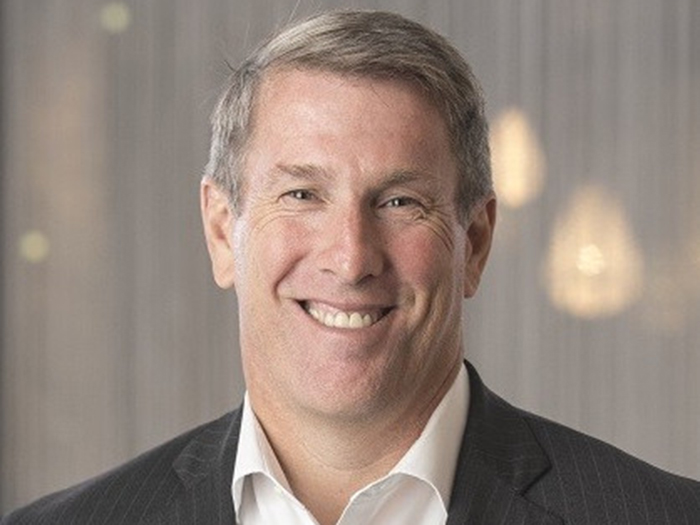Construction and Real Estate Are Seeking Captive Insurance Solutions. Here’s How Vermont Is Responding

As the insurance marketplace continues to harden, it should come as no surprise that more companies are looking to captives as an answer to rising rates and shrinking capacity.
Of note is that many of the new captives domiciled in Vermont last year were in real estate or construction.
“We licensed 38 new captives last year. That’s our best year in a decade,” said Dave Provost, Vermont’s deputy commissioner of captive insurance.
“Twelve of those were in construction and real estate. Almost a third of all the new captives last year were construction and real estate.”
The Draw of a Captive
According to Pete Kranz, executive managing director, captive practice leader, Beecher Carlson, this makes a certain amount of sense: “When you think about where the hardening market all started, it was in the real estate world,” said Kranz.
“We had three years of catastrophes with windstorms and wildfires. In year one, with those events, carriers have redundant reserve releases to help bolster their balance sheet and possibly inject capital into the markets. In year two, they release fewer reserves and inject less capital. Year three, very little reserve release, very little capital being injected into the insurance industry. So what happens is it compels rate increases. … The first thing that we really saw starting to spike up was property cover. Well, real estate companies are the most heavily invested in property. So that’s what started it.”

Melinda Young, vice president of risk management, Alberici Group
Melinda Young, vice president of risk management at the Alberici Group, a construction company, which redomiciled its captive to Vermont 13 years ago, agreed.
“The standard markets are certainly getting hard … so I’m not surprised to hear that more construction companies are considering captive participation,” said Young.
“You have reduced capacity, increases in prices, coverage terms becoming much stricter. That really opens up the opportunity for captive involvement, particularly in the construction industry. Just getting insurance in the standard market has always been a challenge for the construction industry.”
Flexibility is another factor driving real estate and construction to captives.
“There are not that many carriers that are willing to write construction, and those that are may have restrictions in certain states,” said Young.
“The captive industry allows more flexibility. For example, we may go into a state that we may not be able to get insurance in a standard market.”
An added attraction for some companies is the ability to use their captive to provide insurance to tenants.
“They’re providing a way for their tenants to get quick and easy coverage for their tenants’ liability and tenants’ property,” said Provost.
“They provide a check-the-box service. ‘We want you to have insurance. We want you to prove you have insurance. You can go across the street to your local agent and buy it, or you can check a box right here on your rental application, and we’ll take care of it for you.’ So that’s another way that a company can use captives in the real estate business.”
Provost also cites terrorism coverage.
“Especially for big skyscrapers in New York. You’re looking for a billion dollars’ worth of coverage there, and they can be high targets for terrorists, so it’s very expensive and difficult to insure those. Captive insurance is frequently used for that type of terrorism coverage.”
Is COVID Part of the Equation?
There doesn’t seem to be much indication of a direct relationship between the COVID pandemic and the uptick in interest in real estate and construction captive formation, though it has spurred interest in captives among other sectors.
“Three of the 13 we’ve licensed so far this year have been related to long-term care,” said Provost. “COVID hit the long-term care industry particularly hard, so I expect that trend will continue for a bit.”
Kranz also cites the drop in the stock market earlier in the pandemic and subsequent decrease in investment earnings as directly contributing to the upward pressures on insurance pricing that have caused many companies across all sectors to take a fresh look at captives.
A Hardening Market, A Lasting Impact
One major reason for the sudden surge in real estate and construction captives is that the market has hardened enough to compensate for pre-existing barriers to captive formation inherent in those sectors.

Peter Kranz, captive practice leader, Beecher Carlson
“The obstacle that was there before on the real estate side, their limits are usually a lot higher than professional liability and Directors and Officers’, which means that it would take a lot more capital to support that kind of captive. And the market was soft for the longest time; the incentive just simply wasn’t there to form captives,” said Christina Kindstedt of Advantage Insurance, an independent firm that forms and manages captives in the real estate and construction industries.
“Now the market has been hardening. Premium hikes and large deductibles became harder to swallow than the capital contributions. Large deductibles in particular create uncertainty when companies plan cash flow.”
Having overcome those obstacles, real estate and construction captives are likely to be in it for the long haul.
“They’re capital-heavy, and they want quality work, so for them to form a captive, it’s not something that they form this year and then when the market softens, they will get out of business,” said Kindstedt.
“They’re doing this for the long-term, they are making a commitment, and a part of the commitment is to find a domicile where they can tap into an established network of seasoned professionals and where the regulators are willing and able to help them find creative and sustainable solutions. Vermont fits that bill.”
Why Construction and Real Estate Choose Vermont
Direct placement taxes are another consideration for some. “It could be because we don’t necessarily have direct placement tax issues… that’s why it’s been a bit heavier in Vermont,” said Kranz.
But perhaps the main reason companies in real estate and construction have been looking to Vermont as a domicile is the state’s overall reputation.
“Everyone has great things to say about the captive industry in Vermont,” said Young. “There’s such great support there. I expect that’s what’s driving people to go to Vermont.”
“We are a professional domicile with a deep infrastructure and full staff,” said Provost.
“Vermont’s a place where you can get everything you need for your captive. And for some companies, especially if you’re providing a certificate of insurance, it’s good to know where that is coming from. Reinsurers like working with Vermont captives. They know that captives are regulated well. So all those factors help, but especially if you’re reinsuring a billion dollars’ worth of property, you want your reinsurers to be comfortable that your captive is in a well-regulated domicile.”
“The trend in the insurance industry is going to continue to drive captive usage,” said Young. “Projections are that the market will continue to harden through 2021 and possibly into 2022. We’ll see how that works out, but I think it provides opportunities for the captive industry to expand, for sure.”
Kranz sees even deeper and longer lasting repercussions.
“Essentially, what the insurance marketplace is doing is pushing us forward into the future of risk financing,” he said.
“So we’re going to continue to see increased utilization of captives on more of an integrated or holistic basis. It’s not going to be limited to one or two lines of dealing with the pricing pressures of that. It’s going to be flipping the risk equation on its ear and completely redoing it, really looking at how risk is financed and saying, ‘Why am I buying it line by line? Why don’t I use a captive, for example, consolidate my risk and transfer it in a bundled integrated package to insurance or re-insurance marketplaces.’ ”
Provost agreed. “Having a hard market like this reminds everybody that hard markets are out there, that there are cycles and having a captive helps insulate you from those cycles to a pretty good degree. Having your own captive really lets you adapt to that hard market by changing your retentions and your coverage levels and changing how much you keep and how much you reinsure. If it’s already in place, then you’re set to go.” &










